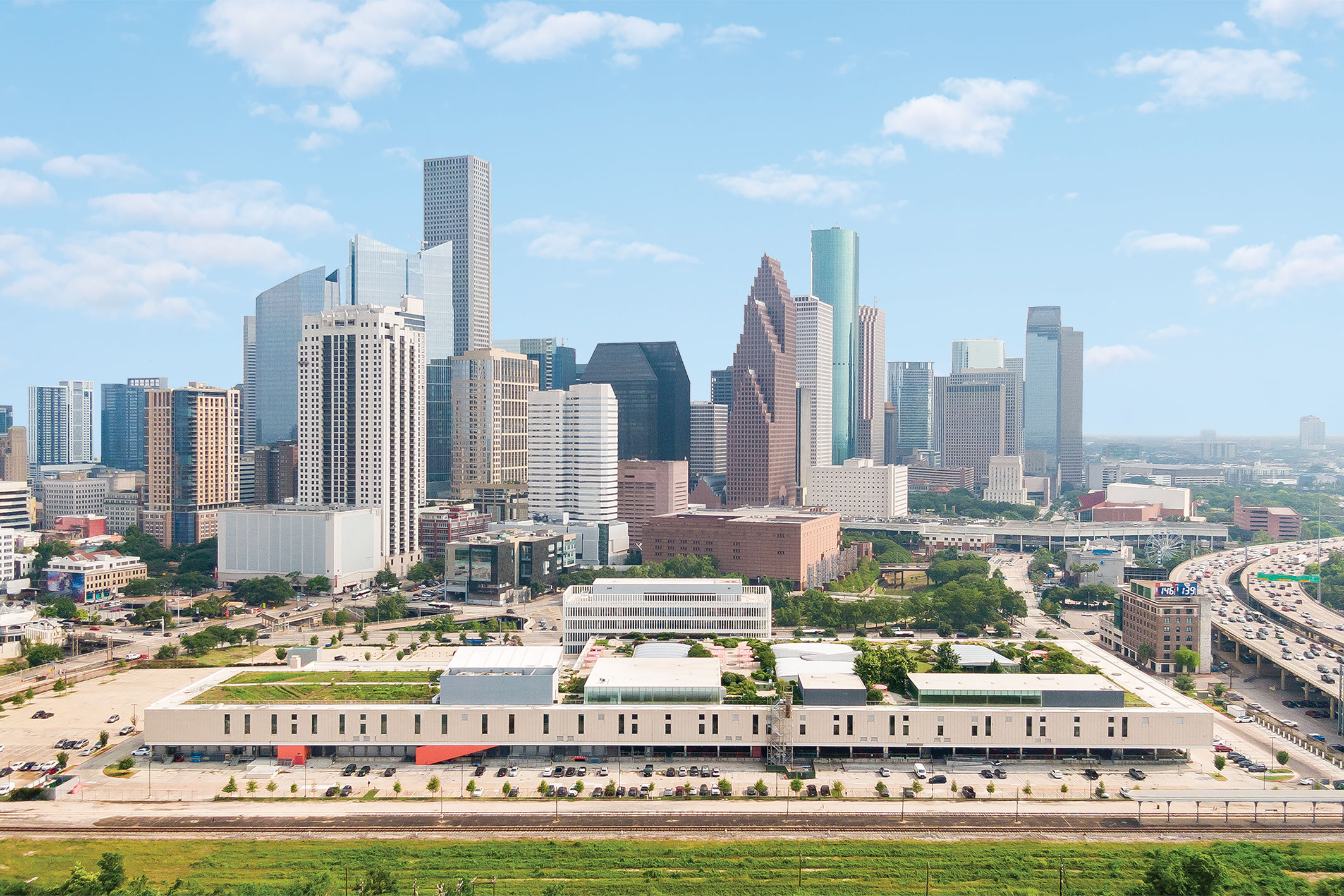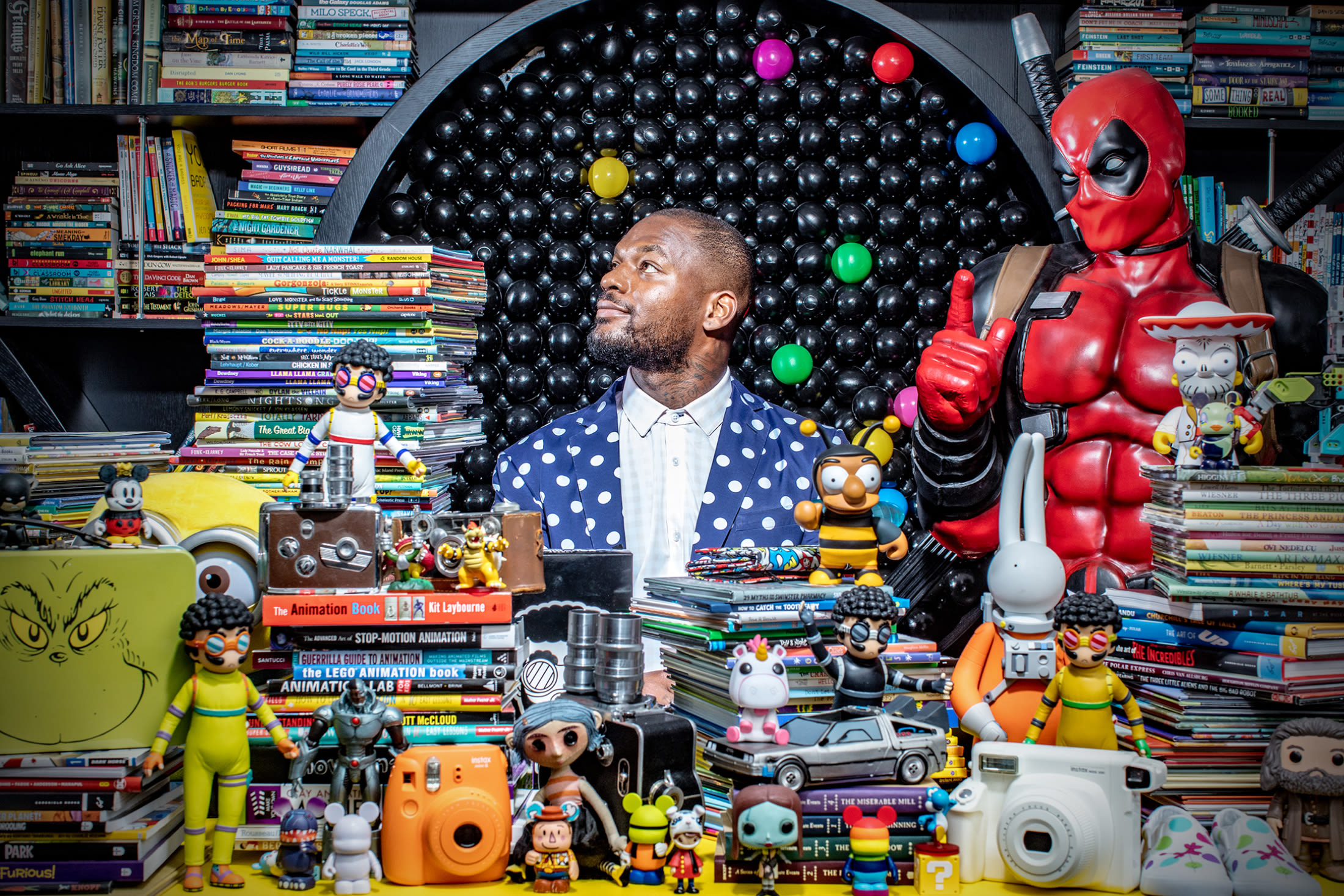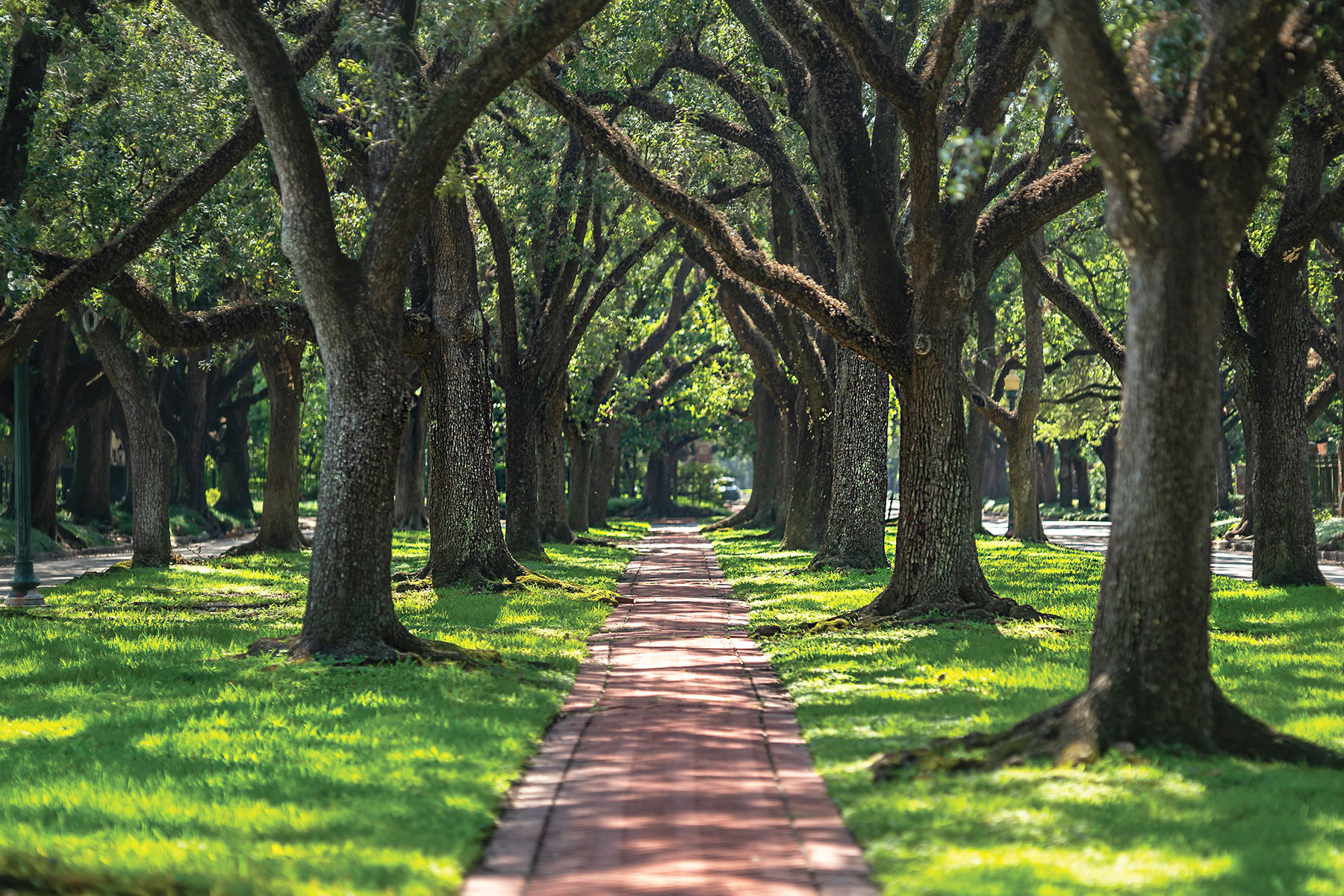Behind the Lens of FotoFest's Recording the Blur

Image: Courtesy Francis Almendárez
How do you capture a year like 2020—a moment that paradoxically brought the entire world to a standstill, even as headlines sped up and social activism found a burst of renewed energy?
That’s exactly what FotoFest has tried to do with its latest exhibit, Public Life: Recording the Blur, a photography show that runs June 5 through August 29 and features the work of four artists, two based in Houston and two from outside the U.S.
“A blur is holding still something that is in motion,” explains Max Fields, associate curator for FotoFest, to Houstonia, noting that this year has been as much about connectedness and togetherness as it has been about isolation. “Over the past year, time has felt as if it's going by lightning quick and, yet, at the same time, at a snail's pace. I asked the artists to think about that idea.”
Like so many of us, this quartet of photographers reacted in very different ways, using distinct vocabulary to respond to Covid-19. Isolation, sexuality, ethnic identity, and oppression are among the topics explored in the exhibition, and some responses seem more direct than others.
“This is not a survey of what art looks like in a pandemic,” Fields stresses. “This is not a survey of the social or political or cultural issues of a pandemic. These are fragments.”
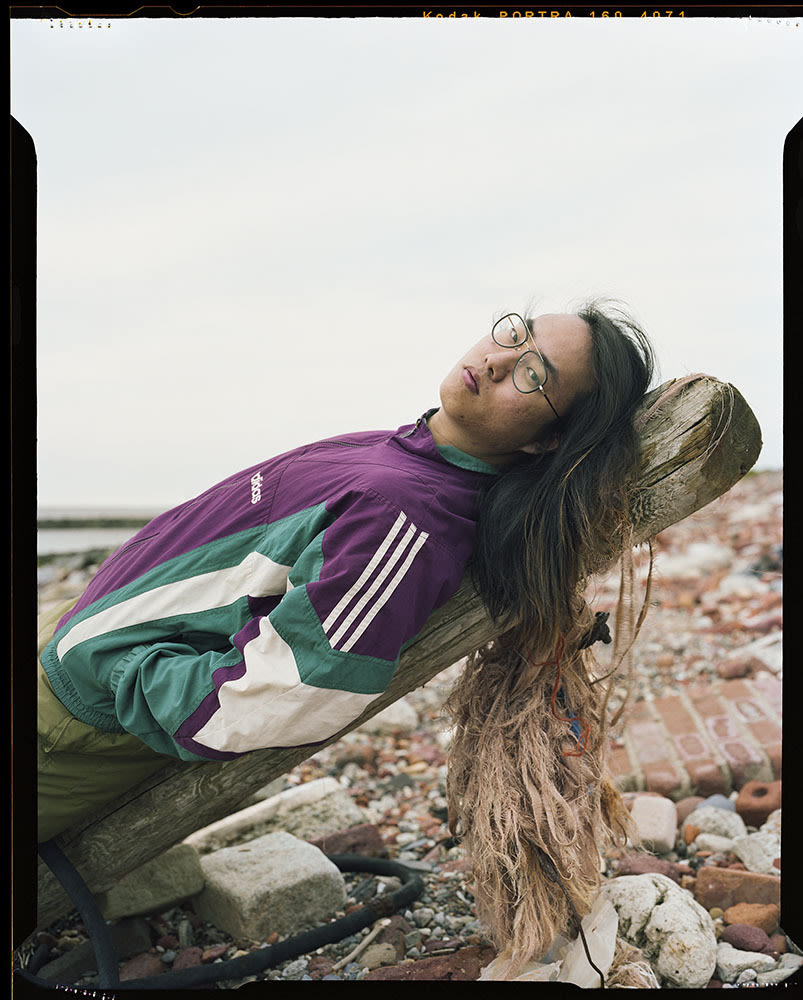
Ziheng, 2019, from the series She and He, 2019. Commissioned by Open Eye Gallery, Liverpool, UK
Image: courtesy Yan Wang Preston
Yan Wang Preston
Yan Wang Preston, a British-Chinese artist based in the U.K., contributed four portraits of Chinese students studying at the University of Liverpool from her series She and He, where she explored contemporary Chinese identities. Preston asked the female students, “What’s your daydream?” and asked the male students, “What makes you a man?” Rather than photographing the students in identifiable locations, Preston chose anonymous beaches.
“We chose the beach as the site for its openness, its symbolic meanings, and for its quality of light and colors,” Preston tells us. “I aimed at producing images that are ambiguous in their meaning instead of documenting a certain ‘truth’. There is no single truth about them.”
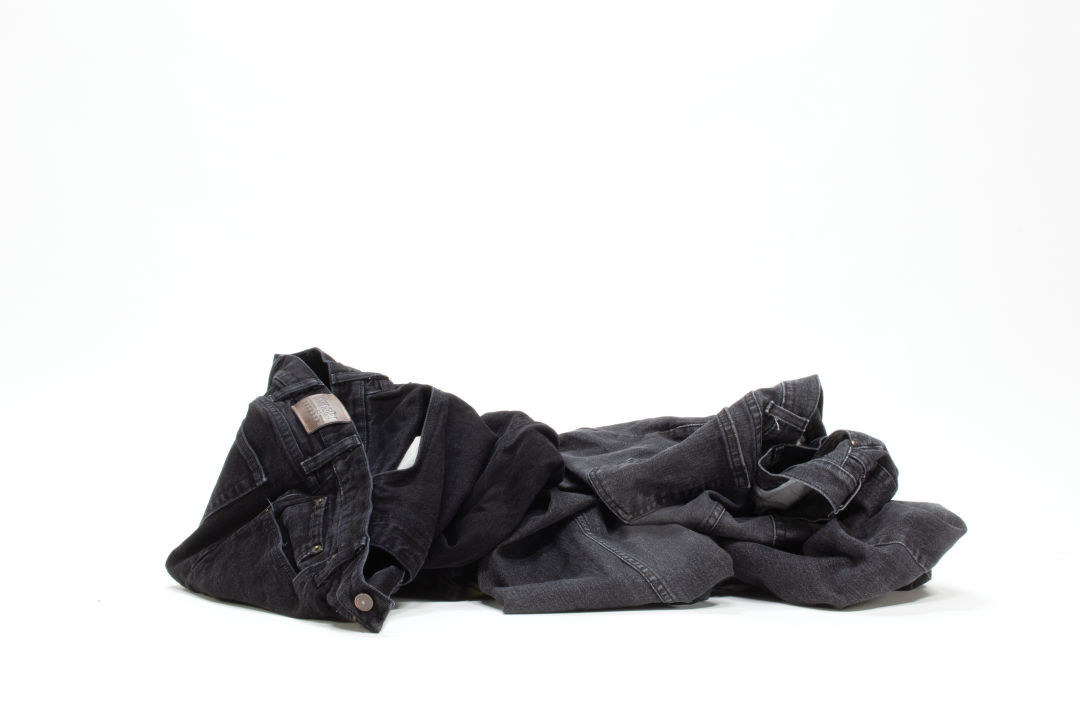
Denim #7 (Reserve), 2021 From the series Denim, 2021-ongoing
Image: Courtesy Francis Almendárez
Francis Almendárez
Originally from Los Angeles but currently living in Houston while serving as a visiting lecturer at the University of Houston School of Art, Francis Almendárez contributed work from his Denim series. For the collection of photos, Almendárez took clothing from his family and shot them in a professional studio against a stark white background.
“He was thinking about essential workers, migrants, and the clothing that they wear,” Fields says. “He was also thinking about the way in which the material holds the markers of the person who wore it through time, such as the creases in the denim.”
Almendárez arranged the denim in very fluid, organic shapes, some of which resemble a mountainous terrain. “That's part of the reference to migrants. There are also brown and black jeans, which is a way that he references the people who wear these garments.”
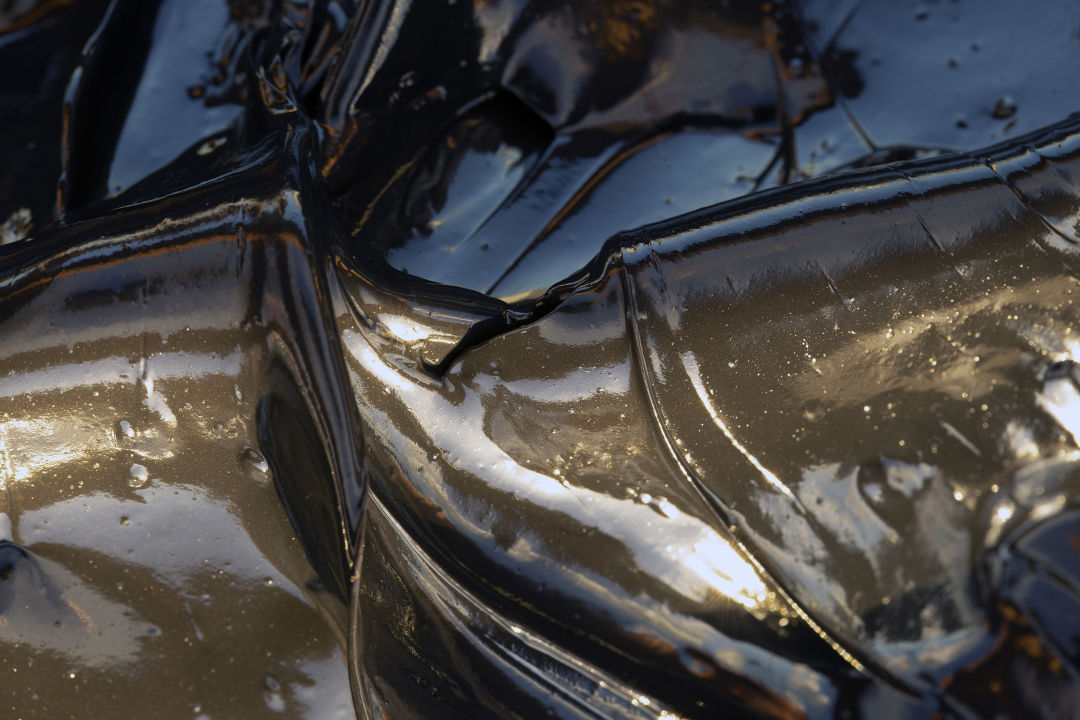
Untitled (Oil, Houston Texas), 2021
Image: courtesy Kara Springer
Kara Springer
Over the past year, Kara Springer, currently living in Houston while a fellow with the Museum of Fine Arts, Houston Core Program, often found herself at the Houston Museum of Natural Science with her small daughter. Her visits to the museum’s Wiess Energy Hall and its replica of an offshore drilling rig became the genesis for her work, Untitled.
Springer took thickened industrial oil, placed it on smooth surfaces and photographed it. The results include ocean wave-like forms in hues of yellows, purples, and deep blacks.
“She’s very interested in examining the architecture of oppression,” Fields says, “and this is a way of examining the petrol industry and its relationship to oppression. And she's doing this and its most abstracted form. … Lots of the conversations that I had with Kara were centered around what do we do with this thing that is so necessary for us to live and yet is so destructive.”
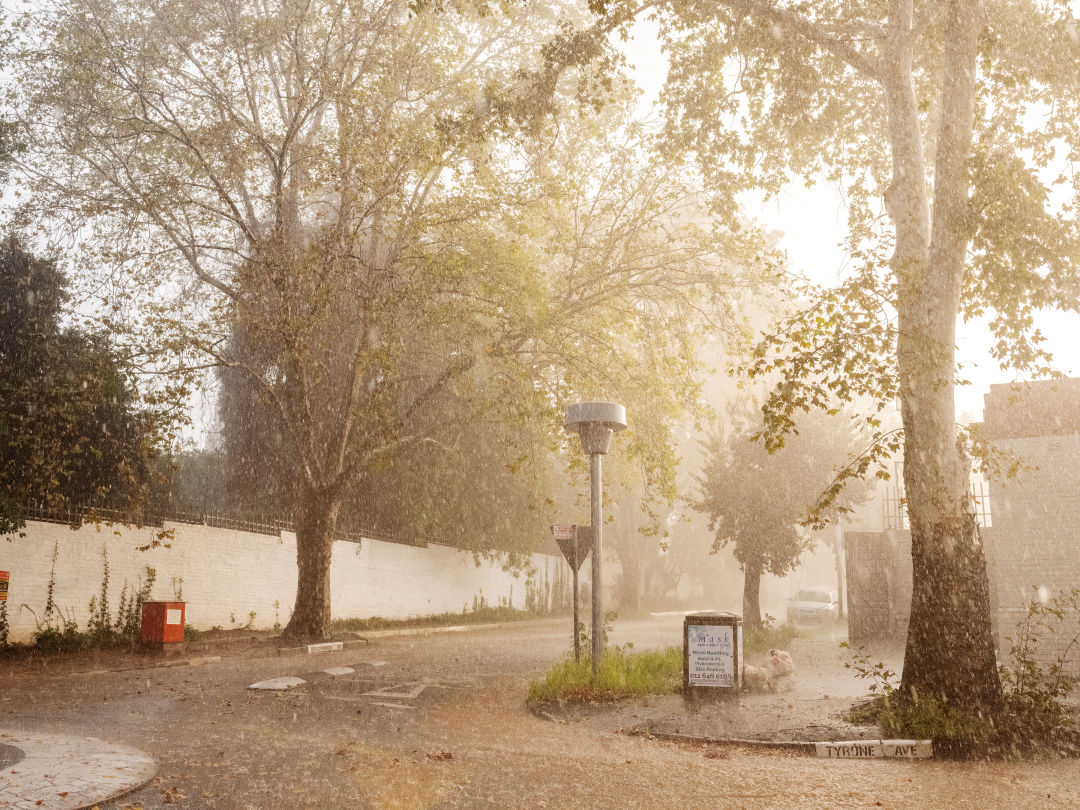
Rainy day, 2020. Johannesburg, South Africa.
Lindokuhle Sobekwa
Ironically, South African photographer Lindokuhle Sobekwa was in Houston in March 2020 for a FotoFest exhibit when the world began to go into lockdown. He quickly got on a plane back to South Africa before international borders were closed.
Fields says that Sobekwa immediately began to document the effects of Covid-19, the lockdown, and the political rhetoric surrounding the pandemic.
“You can see all of these quiet streets that had once been bustling [in his photographs]. … This is an artist whose eye is always trained on documenting the major cultural and political events of the moment.”
June 5–Aug 29. Free. At various locations in Arts District Houston. More info at fotofest.org.
